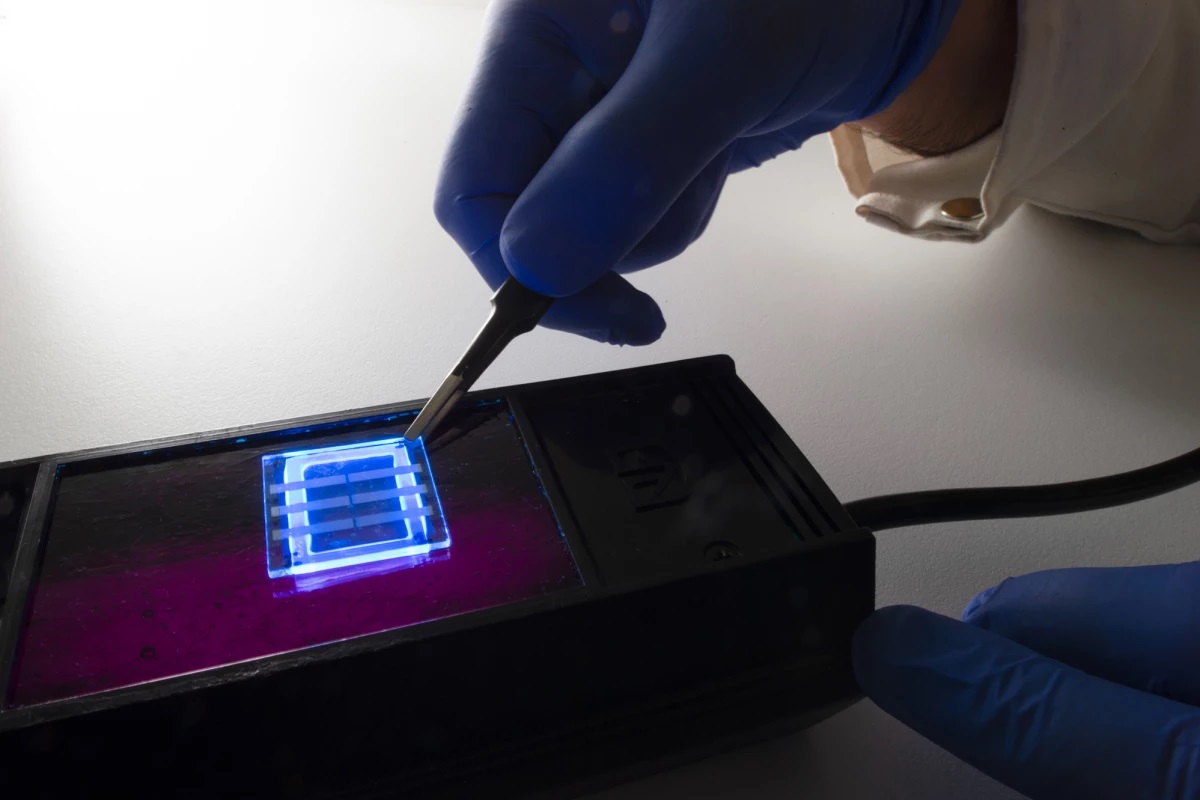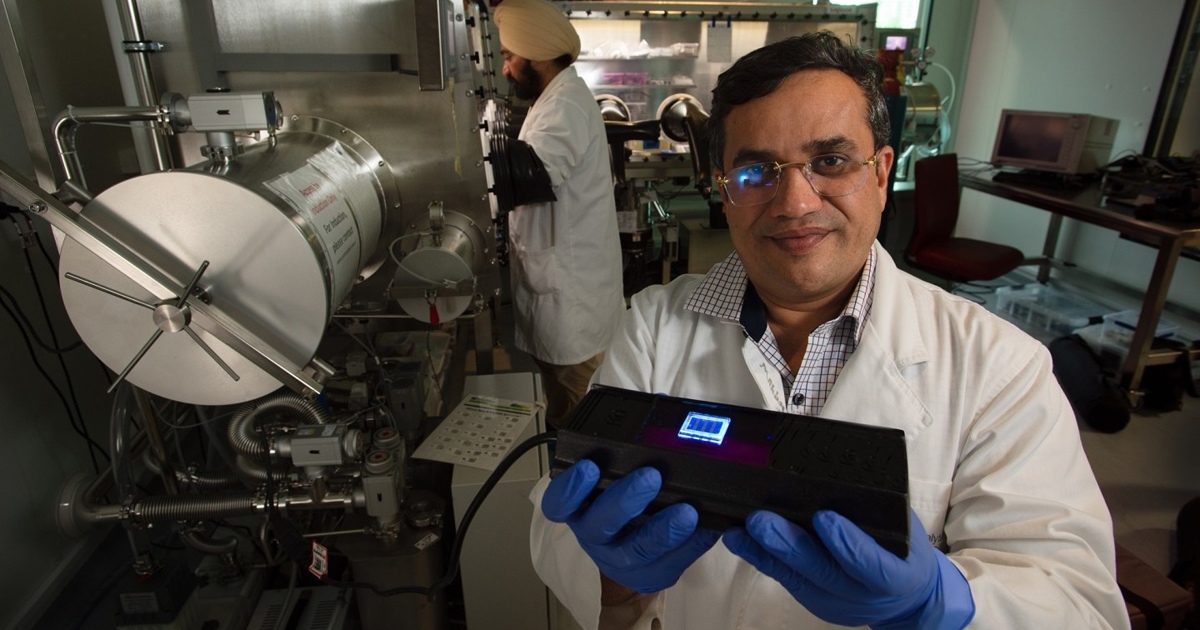OLED from the hairdresser: flexible displays from human hair and their perspectives

Scientists argue that, due to the saturation of hair with chemical elements such as carbon and hydrogen, they are well suited as raw materials for creating OLED displays. Below the cut, there are a few details about how you can turn human hair into a high-tech component.
Why hair?
According to the researchers, they used hair to create carbon nanodots due to the fact that they are the natural source of carbon and nitrogen, key elements for creating light-emitting elements. Hair is made up of proteins (polymers of amino acids), including keratin. The latter is destroyed by controlled heating. The material remaining after thermal decomposition includes carbon and nitrogen embedded in its molecular structure, which provides useful electronic properties.

Researchers are currently testing animal hair to see if it can be used in the same way as human hair and is suitable for flexible OLED displays. The tests used sheep’s wool and dog’s wool, which are the most common in Australia.
Technology and product properties
The process chain starts at the hairdresser where surplus raw materials can be found. In the case of the developers, the source of raw materials was the Benjamin Mir salon closest to the research center.

The collected hair is processed and then destroyed at a temperature of 240 degrees Celsius. In the process of combustion, carbon, hydrogen and nitrogen are formed, which, through a special reaction, convert the elements into carbon nanodots with a size of less than 10 nm. Nanodots, evenly dispersed in the polymer, form nanoislands, which glow blue when a low voltage (3–4 V) is applied. Thus, the new material is the active layer of an organic light-emitting diode (OLED) display.
Professors Sonar and Ostrikov, who are leading the research at the QUT Materials Science Center, claim their research and technology, published in Advanced Materials journal, is the world’s first experience of using human hair as a highly luminescent carbon nanomaterial. One of the properties of the new material is elasticity.
What do developers think about material prospects
According to the IDTechEx report “Flexible Printed OLED Displays 2020-2030: Forecasts, Markets, Technologies”, industry-applicable hair technology may be developed by Australians before the end of this year. This opens up great prospects for devices based on them.
According to one of the leaders of the research group, Professor Sonar, organic waste is a big problem and light-emitting devices based on them, when used on a large scale, can become one of the solutions. In his opinion, the technology will be applicable in such segments as wearable electronics, signage, smart bracelets. Also, according to Sonora, the technology is very inexpensive, given practically free raw materials, in this regard, flexible and cheap OLED displays have a great future for smart packaging. , as an example – a smart milk bottle, on the display of which the time since production is displayed in real time. The researchers are convinced that such displays will be in demand in medical technology, due to the non-toxicity of the resulting material.
At the moment, carbon nanodots obtained from human hair cannot be used in TVs and smartphones, since they do not glow brightly enough.
Outcome
It is likely that we will soon see new devices equipped with new displays. It is possible that the technology can be adapted for television technology if a way to increase the brightness is found. Write in the comments where you can effectively use the new product.
Jeans:
We have in the catalog you can buy a wide variety of electronics, speakers, headphones, soundbars, televisions and more.





